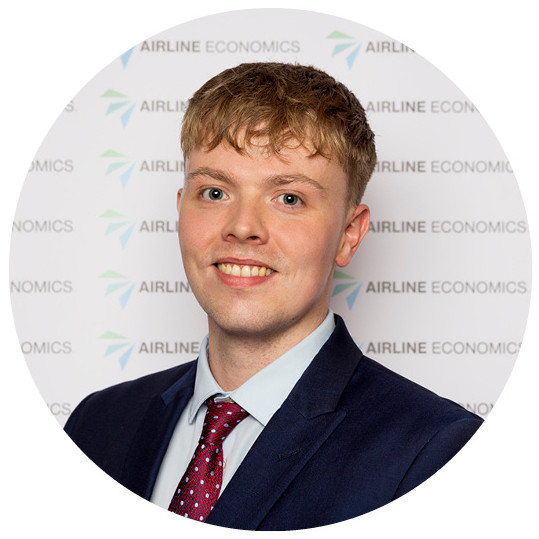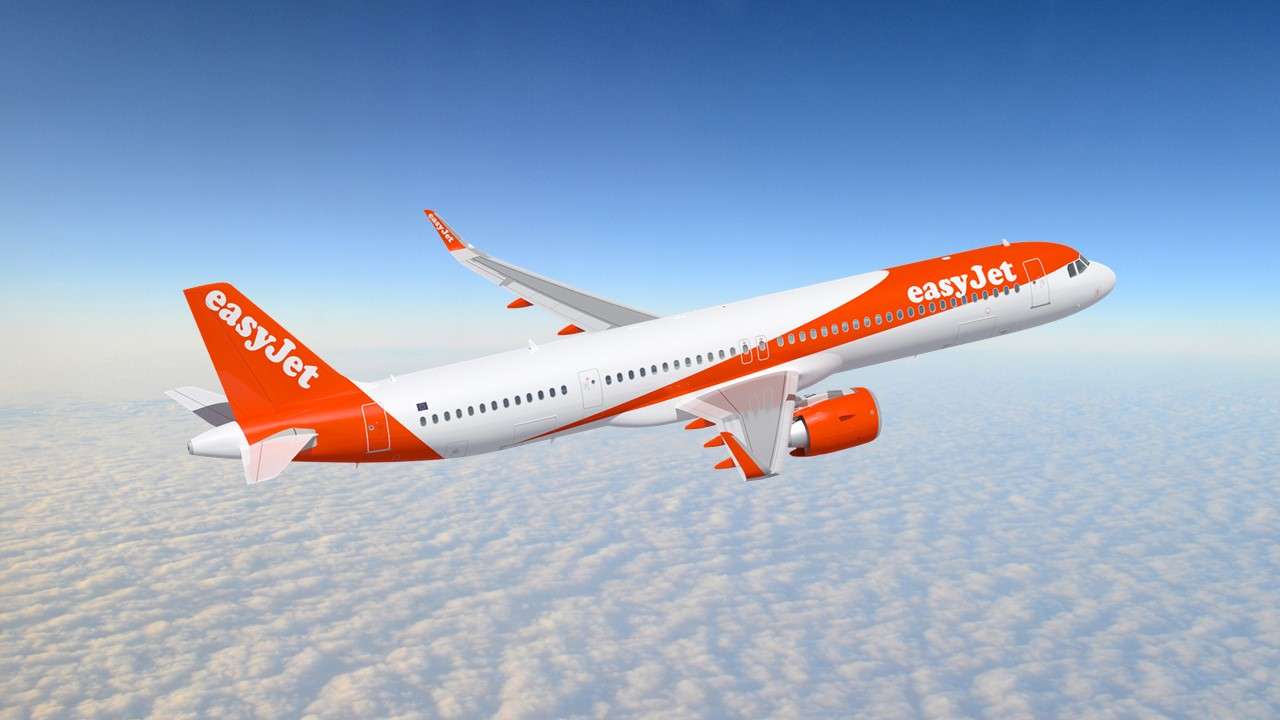easyJet trimmed its loss before tax to £61 million in the company's first quarter, ending December 31, 2024, improving 52% from a year prior. This was driven by revenue per available seat kilometre (RASK) and cost per available seat kilometre (CASK) excluding fuel both flat for the quarter, compared to a year before.
easyJet CEO Kenton Jarvis said the company had “performed well” in the quarter.
In addition, fuel CASK was reduced by 13%, driving total CASK down 4%. Fuel costs totalled £500 million in the quarter, down from £516 million a year prior. The company's capacity increase of 11% on the back of six new A320neo aircraft delivered, as well as passenger numbers growing 7% in the quarter to 21.2 million. A seventh aircraft was delivered in January 2025.
easyJet said there is continued demand for its primary airport network and its easyJet holidays also bolstered its results. During the quarter, its package holiday segmented generated a £43 million profit, improving £12 million compared to a year prior.
The company's group revenue totalled £2bn, up 13% compared to a year prior. Passenger revenues totalled £1.3bn, up 11%; airline ancillary revenue was £535 million, up 10%; and holidays revenue £247 million, up 36%.
The group's EBITDA costs totalled £1.9bn, up 9%, while its EBITDA doubled from a year prior to £148 million.
As of the quarter's end, the company held £2.8bn in cash and cash equivalents. The company's net cash to debt was a negative £484 million.
“Looking to this summer, we have seen continuing demand for easyJet's flights and holidays where we have one million more customers already booked,” continued Jarvis. Around 57% of the second quarter has already been sold, up two percentage points on the same period last year, while 26% of the third quarter has been sold, again up two percentage points, and 13% of the company's third quarter sold, up one percentage point.
The company expects customers of its package holiday segment to grow 25% year-on-year, with 93% of the first half already sold, and 45% of the second half sold. Capacity is expected to grow 8% in the full year.

